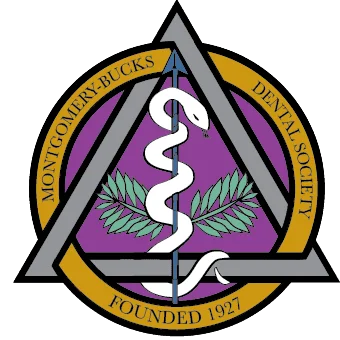You may get a laugh out of jokes about snoring, but in fact snoring and “Sleep Apnea” (“a” – without; “pnea” – breath) is no laughing matter. Nights of chronically disturbed sleep results in accidents, lost productivity and even depression, as well as problems at work and with relationships. Chronic snoring as a result of sleep apnea, results in sleep deprivation and health problems such as high blood pressure, congestive heart failure, heart attacks, brain damage and strokes.
What causes snoring?
Snoring results when soft tissue structures block the airway (windpipe) in the back of the throat. These structures include tonsils, soft palate, the uvula (the little punch-bag shaped structure at the back of the throat), and fat deposits. As you relax in sleep these tissues collapse onto themselves and the tongue drops back, causing a blockage in the air passage to the lungs. These obstacles to airflow create the familiar sound that we know as snoring.
What is Sleep Apnea?
When the obstruction is severe, it can block airflow completely. Obstructive Sleep Apnea (OSA) occurs when your upper airway is so seriously obstructed that there is significant loss of airflow, or even a complete arrest of breathing for 10 seconds or more. Reduced airflow into the lungs causes low levels of oxygen in the blood reaching the brain. Your brain, saving itself from suffocation, wakes you briefly out of deep sleep, followed by a loud gasp as the flow of air starts again. This can happen more than 50 times an hour. Low oxygen levels and fragmented sleep cause most of the dangers of sleep apnea.
What can be done to combat sleep apnea?
Medical and dental treatment includes:
- Staying physically healthy: Being overweight contributes to OSA, so start by losing weight and exercising.
- Oral Appliance Therapy: Specially designed (retainer-like) appliances are designed to maintain an open, unobstructed, upper airway during sleep.
- Continuous Positive Airway Pressure (CPAP): CPAP bedside machines send pressurized air through a tube connected to a mask (covering the nose and sometimes mouth), keeping your airway open.
How can we help you combat your snoring and sleep apnea?
The first step is assessment and diagnosis. Dentists, specially trained in sleep medicine, are in a unique position to help diagnose and help treat snoring and sleep apnea as part of a medical team. Contact us today to schedule an appointment if you think you have a problem with snoring and OSA — or if your spouse thinks you do. You can learn more by reading the Dear Doctor magazine article “Snoring and Sleep Apnea.”













 (215)-368-1424
(215)-368-1424
